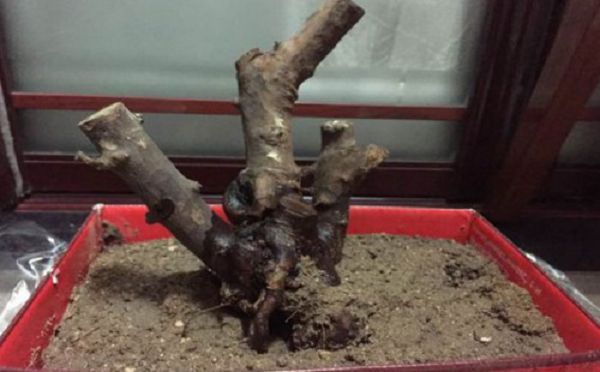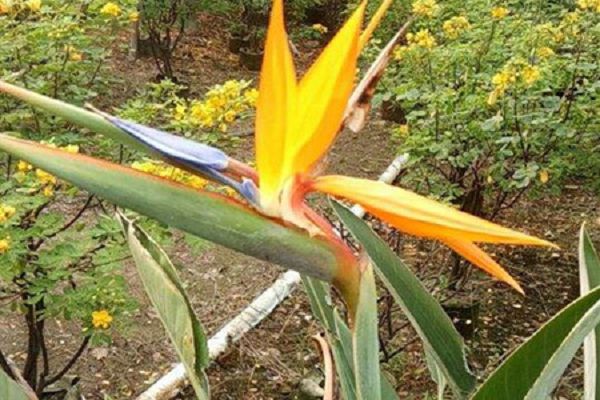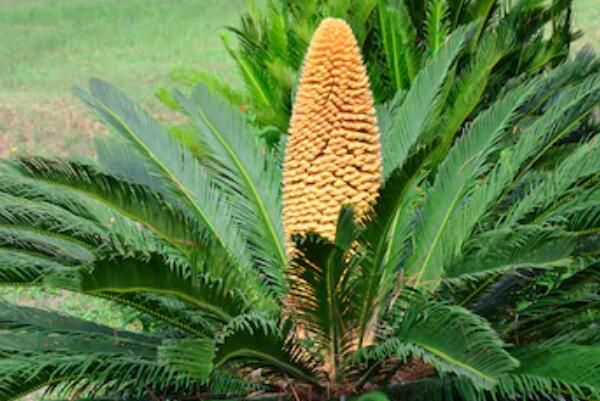When will Finch Plum be transplanted?

The materials of sparrow plum bonsai can be obtained by sowing, cutting and other ways of cultivating seedlings, after all, it is difficult to obtain piles in the wild. And the method of obtaining bonsai material by cultivating seedlings is also the most important means.
Because sparrow plum likes to grow in a warm and humid environment, it is very suitable for its growth in the south of China, so it can generally remain evergreen in the south of China, and there is no obvious dormancy period. Therefore, the transplanting of Finch plum seedlings can generally be carried out in all seasons of the year, but it is easier to survive by transplanting from March to April in spring.
Although Finch plum can be transplanted all the year round, it should not be carried out at flowering stage as much as possible, otherwise it is not only easy to cause a large number of falling flowers, but also difficult to survive. And even if the temperature is more suitable in spring and autumn, it is recommended to transplant the seedlings with soil, so that the plants can survive more easily and return to the normal growth state.
If you are lucky enough to dig into the mountain pile in the field, it is usually recommended to transplant in March-April in spring, and then it can be used as a transplanting option when the plant growth is relatively slow from September to October in autumn. However, the downhill stump of Finch plum excavated in the field is often relatively large, and the root system is well distributed, so it is inevitable to damage a lot of root system during mining. However, after the downhill pile is dug back, the necessary treatment should be carried out in time, and then planted.
First of all, it is necessary to prune the root and prune properly to ensure that the cut of the root branch is kept smooth, and then apply a layer of white latex on the wound to seal it to avoid the loss of a large amount of sap and affect the survival. Then put the stump in water and soak it for about 4 hours, then take it out and plant it. Downhill piles generally need to be planted with moist sand for 1-2 years before potting, and it is easier to survive when the root distribution is more developed and a lot of new branches are produced.
During pile cultivation, light control, temperature regulation and water management are needed, and a week later, it is recommended that the wound left after amputation should be treated again to avoid wound infection. White latex can also be used to seal the section to avoid bacterial invasion and inhibit water loss at the same time. Through sand culture pile and branch storage, the roots and branches can germinate quickly.
- Prev

How to make the orchid grow lateral buds? can the leaves grow again after cutting off the leaves?
How to make the orchid grow lateral buds? can the leaves grow again after cutting off the leaves?
- Next

Is it good for iron trees to be raised at home? do not breed them on the balcony.
Is it good for iron trees to be raised at home? do not breed them on the balcony.
Related
- Fuxing push coffee new agricultural production and marketing class: lack of small-scale processing plants
- Jujube rice field leisure farm deep ploughing Yilan for five years to create a space for organic food and play
- Nongyu Farm-A trial of organic papaya for brave women with advanced technology
- Four points for attention in the prevention and control of diseases and insect pests of edible fungi
- How to add nutrient solution to Edible Fungi
- Is there any good way to control edible fungus mites?
- Open Inoculation Technology of Edible Fungi
- Is there any clever way to use fertilizer for edible fungus in winter?
- What agents are used to kill the pathogens of edible fungi in the mushroom shed?
- Rapid drying of Edible Fungi

